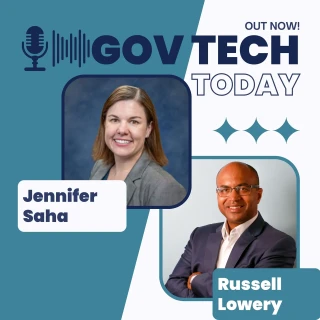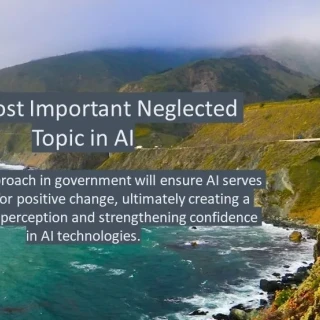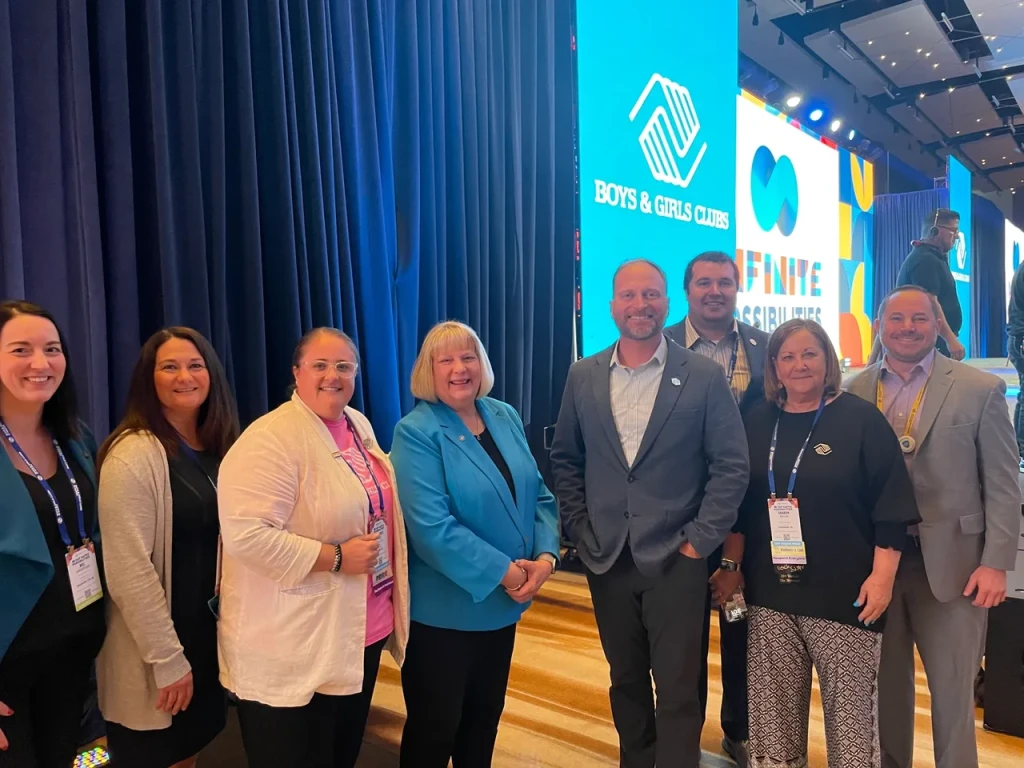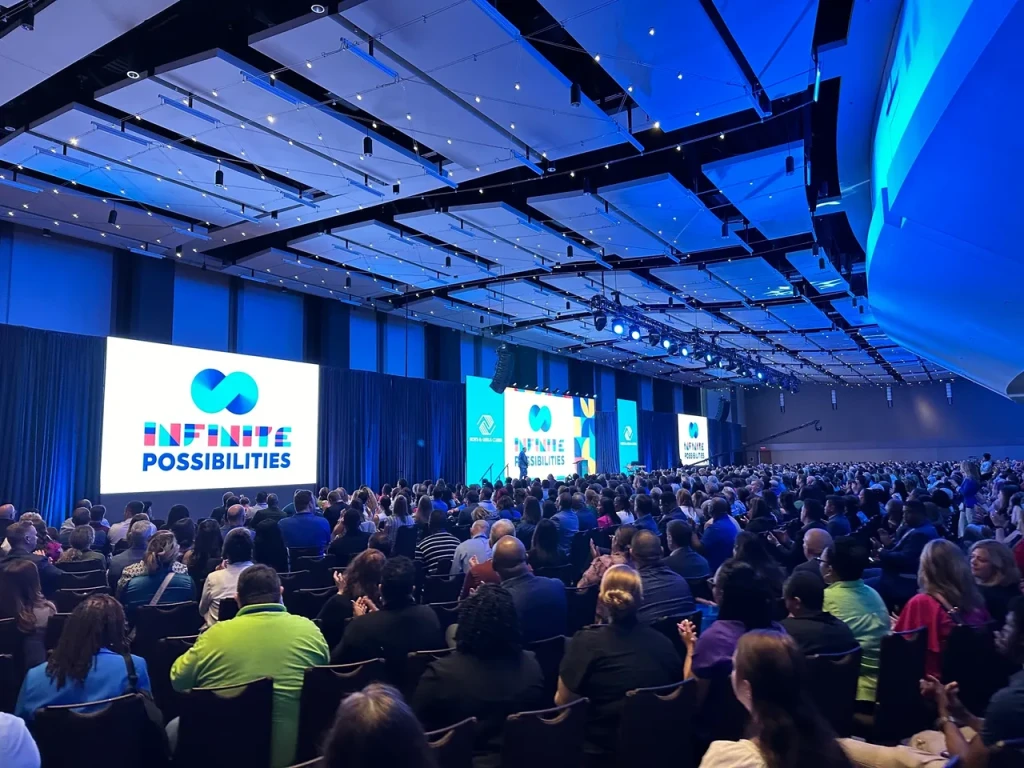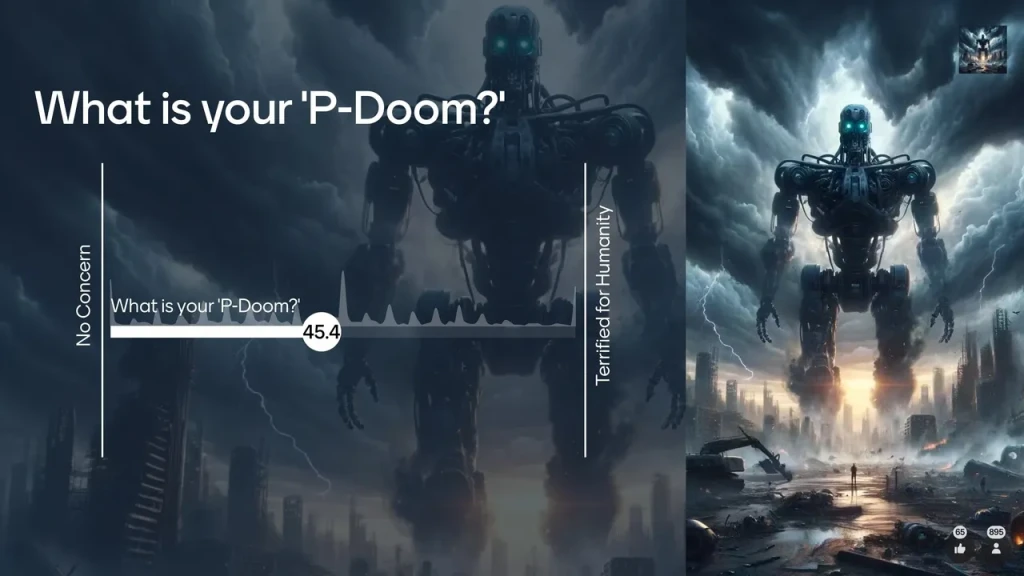AI | Doom or Dawn | Keynote | Boys & Girls Clubs National Summit
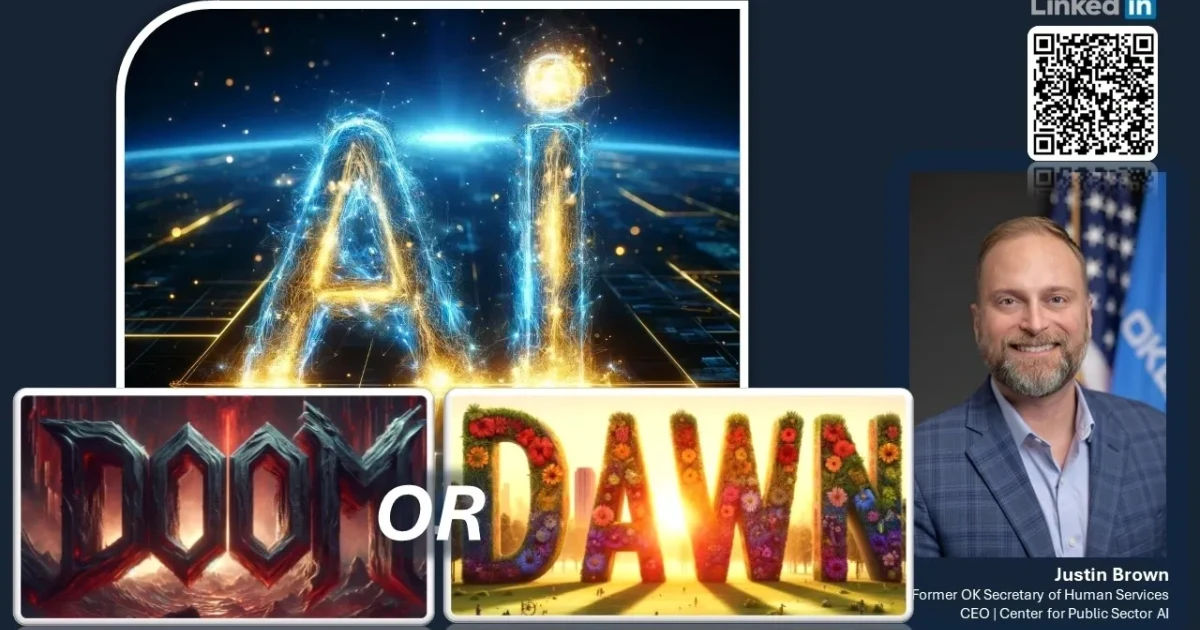
Introduction
I recently had the honor of addressing over 3,000 leaders from Boys and Girls Clubs across the nation. Reflecting on my tenure as Oklahoma Secretary of Human Services, I shared my admiration for the organization's resilience and commitment, especially during the pandemic. Unlike many who struggled merely to survive, the Boys and Girls Clubs expanding resources and solidified their mission to enable young people to reach their full potential.
The Promise and Perils of AI
The core theme of my speech was the potential and risks of artificial intelligence (AI), a topic that has dominated discussions in recent years. I introduced the concept of "P-Doom" to the audience, which is a measure of one's belief that AI could lead to catastrophic outcomes, and engaged the audience to reflect on their concerns regarding AI's future impact. This set the stage for a deeper exploration of both the fears and opportunities AI presents.
Common Concerns About AI
Enhancing Human Biases: One of the major fears is that AI could perpetuate and even amplify existing human biases. This concern is particularly prevalent among government leaders who are cautious about integrating these tools.
Workforce Disruptions: AI's potential to disrupt various industries, including journalism and film, poses significant challenges. While some sectors may face immediate impacts, others, like the caring professions, might see positive transformations over time.
Existential Threats: The possibility of AI-driven warfare or other catastrophic events remains a significant worry. However, I shared my belief that responsible nations are increasingly aware of these risks and are working towards global safeguards.
AI's Transformative Potential
Despite these concerns, I expressed optimism about AI's potential to revolutionize various sectors:
Healthcare: AI can enhance diagnostic accuracy, personalize treatment plans, and manage resources more efficiently, leading to better health outcomes.
Environmental Sustainability: AI can optimize energy usage, improve recycling processes, and enhance monitoring of environmental changes, contributing to a more sustainable future.
Education: Personalized learning experiences powered by AI can tailor education to individual needs, improving accessibility and effectiveness.
Transportation: Autonomous vehicles and smarter public transportation systems can reduce accidents, improve traffic flow, and decrease emissions.
Social Welfare: AI can better target and manage social welfare programs, ensuring resources are allocated where they are most needed.
Revolutionizing Mentorship with AI
A key part of my speech highlighted how AI could transform mentoring within the Boys and Girls Clubs. I proposed the concept of an AI-powered virtual coach, modeled after a real mentor, Mr. AJ. This hybrid model would extend the reach and impact of mentorship beyond the physical walls of the clubs, providing continuous, personalized support to children anytime, anywhere.
Steps to Embrace AI
Recommit to Core Values and Mission: It's crucial to know who we are and why our organization is important. Our mission and vision should be the core of our existence, guiding every decision and action.
Foster a Culture of Curiosity and Experimentation: Encouraging staff to explore and integrate AI into daily activities can unlock new potentials. Trying out tools like ChatGPT or Google’s Gemini can be a starting point.
Conclusion
In conclusion, I encouraged the Boys and Girls Clubs of America to embrace AI as a tool for unlocking human potential, transforming mentoring, and preparing young people for a future shaped by artificial intelligence. By staying true to our core values and fostering an environment of curiosity and innovation, we can leverage AI to enhance our impact and ensure that every young person reaches their full potential.
Share this post:
